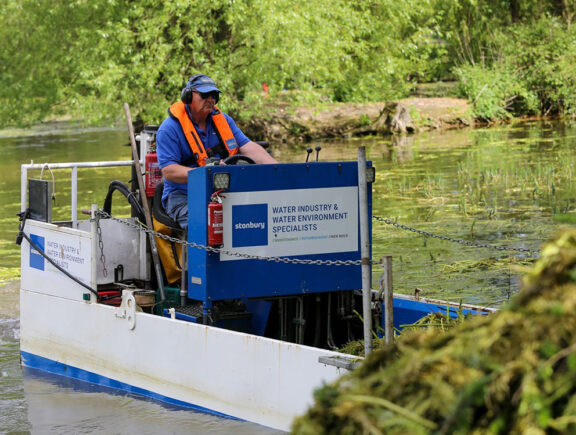Chlorinated water has traditionally been treated with a strong reducing agent such as sodium thiosulphate in crystalline form, however this process is difficult to control and can potentially release excess products into the environment.
These products can scavenge oxygen in any receiving watercourse and any significant reduction in the levels of dissolved oxygen could have a greater detrimental impact on the ecosystem than chlorine. It is therefore critical that a carefully controlled and monitored chlorination and de-chlorination process is designed and implemented for each project.
Stonbury take a responsible approach to draining down tanks when required by the client and follow a strict procedure to monitor and control discharge. A variety of systems can be used but when variable flows and levels of treatment are required, Stonbury can utilise precisely controlled liquid dosing systems which introduce a carefully controlled dose of sodium bisulphite solution to neutralise the chlorine.
After a site-specific RAMS is produced and Environment Agency discharge consent has been obtained by the client, a pump system and digital dechlorination unit is set up to administer reagent in adjustable volumes. Residual chlorine is monitored carefully to ensure discharge levels as close to 0 mg/l as reasonably possible without overdosing.
As water industry and water environment specialists that aim to lead in sustainability, Stonbury takes its responsibility to the environment seriously. As part of its sustainability strategy, Stonbury aims to acheive biodiversity net gain in all its projects, making reservoir drain downs no exception.



